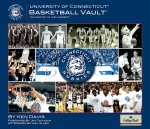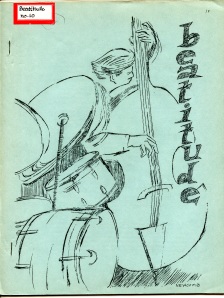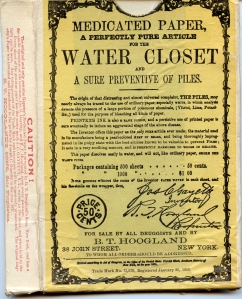Sometimes when it’s my turn to write something for the blog, and nothing immediately comes to mind, I will then think of an anniversary that can be celebrated, or a holiday that is approaching, and how the archival material can illustrate that event. With Thanksgiving fast approaching I thought “what’s in the archive that touches on this holiday?”. One of the best ways to explore the archives is by using the search box to the finding aids, available on our collection management system at https://archivessearch.lib.uconn.edu/. I decided to have some fun and put in search terms related to Thanksgiving. Here’s what I got:
Thanksgiving: 14 hits, mostly from political and Children’s literature collections, including a Thanksgiving themed popcorn tin in the Tomie dePaola collection.
Thanks: 5 hits, mostly related to expressions of gratitude from the creators of the collections.
Turkey: 23 hits! Wow! But it won’t surprise you to read that the vast majority of these hits are on references to the country, not the bird, in political collections.
Gobble: only 2 hits, including the title “Gobble Gang Poems” by the poet Ed Sanders.
Gobbler: 1 hit, in the Ted and Betsy Lewin Papers (a children’s illustrators collection)
Stuffed: 7 hits! but mostly referring to stuffed toys, stuffed animals, and stuffed furniture (huh? What kind of collection is THAT? It’s a railroad collection, if you can believe it, a description of a photograph of the interior of a plush railroad car).
Football: Lots of hits there — 55 of them! Most of them from the University Archives collections, references to UConn football, of course.
Cranberry: 4 hits, including the photograph that you see above of The Cranberry, a diesel locomotive owned by the New Haven Railroad, taken by photographer Don Ball, Jr.
Squash: 5 hits, three of them referring to the game, one to the vegetable, and one to a Leaf-Footed Squash Bug.
There were 5 hits for “pumpkin” but NONE for “pumpkin pie”. That is just so wrong. There’s always room for pumpkin pie in the archive, right?
Happy Thanksgiving, everyone!













